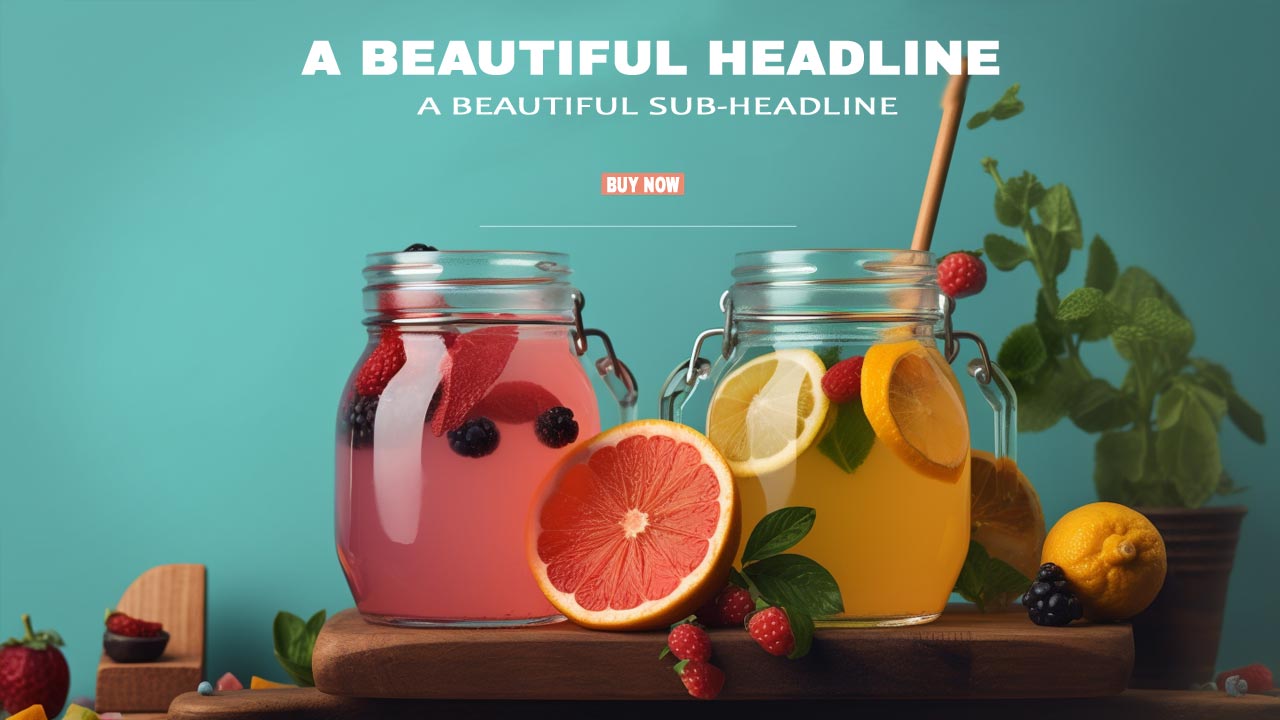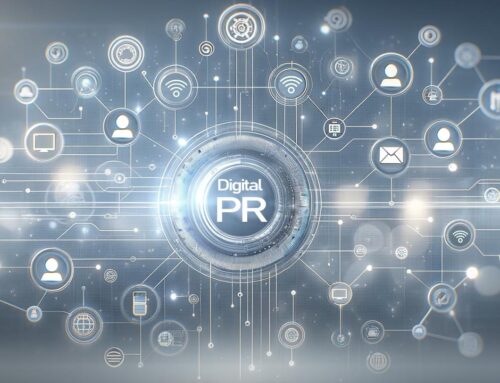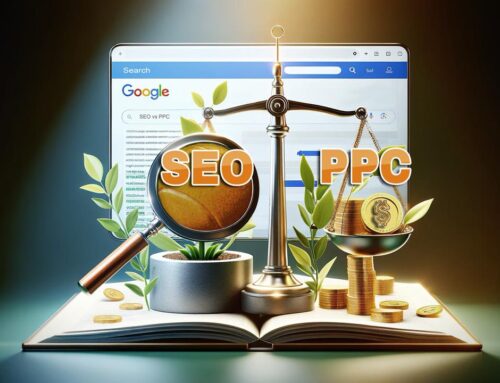In a world where digital is the medium of choice, a landing page stands as a vital digital asset. It is your virtual storefront, the place where your audience gets the first impression of what you have to offer.
The landing page plays a pivotal role in your advertising campaigns—it’s the space that takes over once your ad has done its job of attracting a click. However, its task is far from easy. It needs to maintain the interest sparked by the ad, provide further information, and then guide the visitor towards conversion—a signup, a download, a purchase, or any action that aligns with your business goals.
Building a landing page that performs all these tasks efficiently is no small feat. It requires a careful combination of strategic planning, customer understanding, design principles, and persuasive writing. This article will be your guide through this intricate process, offering you deep insights and practical tips to craft a landing page that can turn your ad clicks into valuable customer actions.
You will learn the importance of each element that makes up a landing page—from the headline and call-to-action (CTA) to visuals and customer testimonials. You will understand how a well-structured and strategically planned landing page can help maximize your ad campaign’s ROI. We will also delve into the significance of testing and optimizing your landing pages for continuous improvement.
By the end of this article, you will not only gain knowledge but also the confidence to create or improve your own landing pages, ensuring that they become a powerful tool in your digital marketing toolkit.
Table of Contents
- Understanding the Purpose of a Landing Page
- Key Elements of an Effective Landing Page
- Structuring Your Landing Page
- Testing and Optimization
- Final Thoughts
- Sources
Understanding the Purpose of a Landing Page
A landing page, in digital marketing parlance, refers to a standalone webpage explicitly designed to receive and convert traffic from an online marketing campaign. It is where a visitor ‘lands’ after clicking on a link in an email, or ads from Google, Bing, YouTube, Facebook, Instagram, Twitter, or similar places on the web.
Unlike a general website, where a visitor has many potential paths (including reading more blog posts, signing up for a newsletter, or just bouncing), a landing page is designed with a single focused objective, also known as a call to action (CTA). This focus makes landing pages the best option for increasing the conversion rates of your marketing campaigns and lowering your cost of acquiring a lead or sale.
The purpose of a landing page falls into one of two categories:
- Lead Generation: These landing pages typically include a form along with a description of what you’ll get in return for submitting your personal data. They collect user information, such as names and email addresses, that you can then use to market your products or services.
- Click-through Landing Pages: Typically used by e-commerce marketers, these landing pages aim to persuade the visitor to click through to another page (often the shopping cart or checkout page). They provide enough information about a product or service to educate the user before pushing them further down the funnel.
Essentially, the goal of a landing page is to streamline the user journey towards conversion. It’s about delivering on the promises made in the ad copy that brought the visitor there, and then taking the visitor’s hand and leading them exactly where they need to go to complete their desired action.
In a nutshell, the landing page exists to do the following:
- Capture leads that enable you to market to people in the future.
- Warm up potential customers to the product you are trying to sell to them before sending them further into your sales funnel.
- The landing page’s goal is to simplify the offer process, eliminate distractions, and reduce friction, leading to increased conversions.
Key Elements of an Effective Landing Page
Designing a highly effective landing page requires a focus on several key elements. Each of these components plays a crucial role in capturing your visitor’s attention, providing them with valuable information, and guiding them towards the desired action.
The Headline
The headline is typically the first thing a visitor sees on a landing page, and it can significantly impact their decision to stay and learn more or leave. A compelling headline should be clear, engaging, and convey the unique value proposition (UVP) of your offer. It should align with the ad copy that led the visitor to the page to create a seamless transition.
Subheadings
Subheadings break up the page and make it easier to read. They also provide an opportunity to reinforce the UVP and further explain the benefits of the offer.
Visual Elements
Visual elements such as images, videos, infographics, or illustrations can significantly increase engagement on your landing page. They should be high quality and relevant to your product or service. Videos or images of the product in use can help visitors visualize themselves using the product, thereby increasing the desire for it.
Call-To-Action (CTA)
The CTA is arguably the most critical part of your landing page. It’s the instruction that tells the visitor what they should do next—sign up, purchase, download, etc. A strong CTA is action-oriented, creates urgency, and stands out on the page. It’s often beneficial to have the CTA appear more than once on a page, especially if the page is long.
Social Proof
Social proof in the form of testimonials, customer logos, or case studies can help build trust and credibility. People are more likely to take action if they see that others have had a positive experience. Ensure any social proof you use is real and verifiable.
Trust Signals
Trust signals can be anything from security badges, guarantees, or even the aforementioned social proof. These elements help reassure visitors that their information is safe and that they can trust your business.
Value Proposition
Your value proposition should be a clear statement that explains how your product solves customers’ problems or improves their situation, delivers specific benefits, and tells the ideal customer why they should buy from you and not from the competition.
Content and SEO
The content on your landing page should be concise, engaging, and informative. It should provide all the information necessary for the visitor to make a decision. It’s also essential to optimize your landing page content with relevant keywords to improve its visibility in search engine results.
By understanding and effectively implementing these key elements, you can create a landing page that is not only engaging and visually appealing, but also optimized for conversion.
Structuring Your Landing Page
The structure of your landing page is as crucial as the content it carries. A well-structured landing page makes it easy for visitors to understand your offer, see its value, and realize what steps they need to take next. Here’s a guide on how to structure your landing page effectively:
Above the Fold Content
“Above the fold” refers to the part of the webpage that is visible without scrolling. This section is crucial because it’s the first thing your visitors see. It should contain:
- Attention-Grabbing Headline: Your headline should immediately tell visitors what your product or service is about and why it’s beneficial to them.
- Supporting Subheadline: The subheadline should complement the headline, offering additional insight or information about your offer.
- Hero Image or Video: This is a visual representation of your product or service. It should be high quality and immediately convey what your product or service is about.
- Call-to-Action (CTA): A prominent, clear, and compelling CTA should be visible above the fold.
Benefits and Features
This section should detail the key features of your product or service and the benefits they provide to the user. To keep it structured and easy to digest, consider using bullet points or infographics.
Social Proof
Social proof helps build trust and credibility. This can be in the form of testimonials, reviews, case studies, or logos of well-known clients or partners. Ensure this information is real and verifiable.
Additional Information
If necessary, include additional information that would help the visitor make a decision. This could be detailed descriptions of product features, answers to common questions, or even a video demo.
Repeat CTA
Repeating the CTA at various points throughout the landing page can help guide the visitor towards taking action, particularly on longer landing pages.
Footer
The footer can include links to your privacy policy, terms of service, contact information, and social media profiles. However, avoid including links that could take visitors away from the landing page, as this can distract them from the CTA.
The key to a well-structured landing page is clarity and simplicity. Make it as easy as possible for your visitors to understand your offer and what they need to do next.
Testing and Optimization
Creating a landing page doesn’t stop at design and launch. It’s a continuous process of testing, learning, and optimization to improve performance and increase conversion rates. Here are the key areas to focus on when testing and optimizing your landing page:
A/B Testing
Also known as split testing, A/B testing involves creating two versions of your landing page with one key difference, such as the headline, CTA, or image. You then split your traffic between these two versions and measure which one performs better.
Multivariate Testing
This is similar to A/B testing, but it involves changing multiple elements at once. This type of testing can give you more insights but requires more traffic to produce statistically significant results.
Usability Testing
Usability testing involves observing real users as they interact with your landing page. This can provide valuable insights into any potential confusion or issues that may be preventing conversions.
Heatmaps
Heatmaps are visual representations of where users click, scroll, and move on your landing page. They can help you understand what parts of your page are getting the most attention and whether users are interacting with your page as expected.
Analytics
Use tools like Google Analytics to track key metrics on your landing page such as bounce rate, time on page, and conversion rate. This data can help you understand how your page is performing and where improvements can be made.
Continuous Optimization
Landing page optimization is an ongoing process. As you gather more data from testing and analytics, continually refine and improve your landing page. Remember to only change one element at a time so you can accurately measure the impact of each change.
Through consistent testing and optimization, you can improve your landing page over time, resulting in higher conversion rates and a better return on investment for your marketing campaigns.
Final Thoughts
In the ever-evolving digital landscape, creating an effective landing page is both an art and a science. It requires a deep understanding of your target audience, their needs and desires, and how your product or service can meet those needs.
However, the most important takeaway from this article should be the realization that an effective landing page is not a one-and-done project. It’s a continual process of testing, learning, and optimization. Every element on your landing page—from the headline to the CTA—needs to be continually tested and fine-tuned based on user behavior and feedback. Only then can your landing page truly fulfill its role of turning ad clicks into conversions, thereby maximizing the ROI of your ad campaigns.
References
- Optimizely. A/B Testing: A Complete Guide.
- VWO. Understanding Multivariate Testing.
- UserTesting. The Importance of Usability Testing.
- CrazyEgg. Heatmaps: A Comprehensive Guide.
- Google Support. Google Analytics Explained.
- Unbounce. The Anatomy of a Landing Page.
- Nielsen Norman Group. Scrolling and Attention.
- Neil Patel. How to Create a Landing Page that Converts.
- Unbounce. 5 Essential Landing Page Elements.
- HubSpot. How to Write Effective CTAs on Your Website.
- ConversionXL. Using Social Proof to Boost Conversions.
- Marketing Insider Group. Understanding Value Proposition.
- WordStream. The Complete Guide to Landing Pages.
- Unbounce. What is a Landing Page?.











Leave A Comment